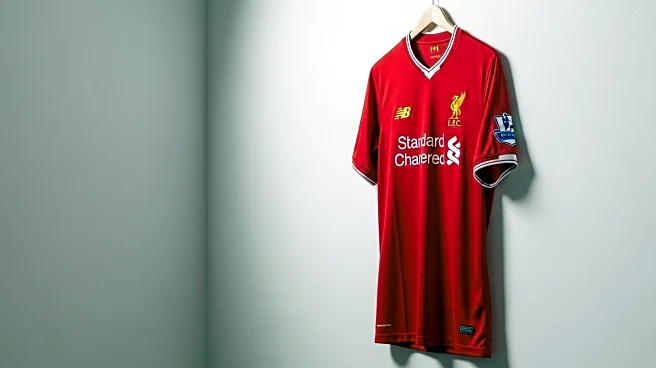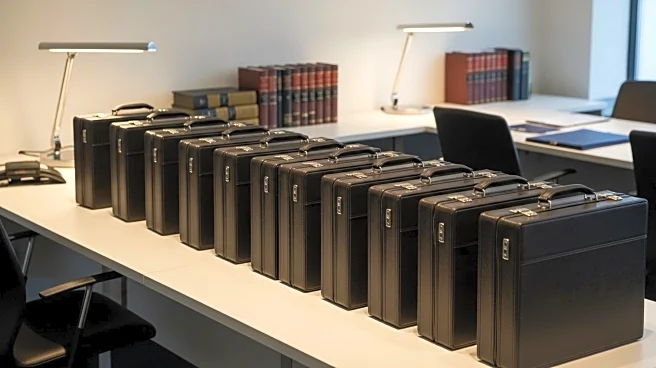What's Happening?
In Shirley, near Southampton, shopkeepers are facing persistent antisocial behavior from a group of teenage girls. The behavior includes threats, theft, and vandalism, with shop owners feeling helpless as the police struggle to address the issue effectively. Muhammad Usman, a mobile phone store owner, reports ongoing abuse and threats, including a death threat from a teenager. The local police acknowledge the problem but emphasize the need for appropriate consequences for young offenders. The government is considering new 'respect orders' to address such behavior, but these would not apply to individuals under 18. The situation highlights the challenges faced by police and councils in managing youth-related antisocial behavior.
Why It's Important?
The situation in Shirley underscores the broader issue of antisocial behavior among youth and the limitations of current legal frameworks in addressing it. Shopkeepers are experiencing significant distress and financial loss, while police and councils are stretched thin in their efforts to manage the problem. The proposed 'respect orders' aim to provide a legal mechanism to curb persistent offenders, but the exclusion of minors from these orders raises concerns about their effectiveness. The issue also highlights the need for a more robust approach to youth crime and the importance of community support in addressing antisocial behavior.
What's Next?
The Crime and Policing Bill, which includes the proposed 'respect orders,' is currently under consideration in Parliament. If passed, it could provide new tools for addressing antisocial behavior, although its impact on minors remains uncertain. Local authorities and police may need to explore alternative strategies to engage with young offenders and their families to prevent further incidents. Community involvement and support for affected shopkeepers could also play a crucial role in mitigating the impact of antisocial behavior.
Beyond the Headlines
The situation raises ethical questions about the balance between protecting young offenders and ensuring justice for victims of antisocial behavior. It also highlights the cultural dimensions of youth crime, including peer pressure and the search for adrenaline-fueled activities. Long-term solutions may require addressing underlying social issues, such as family dynamics and access to positive recreational activities for youth.











